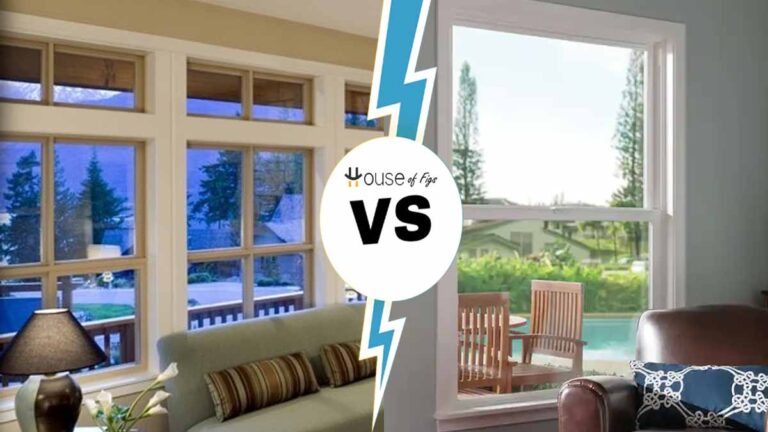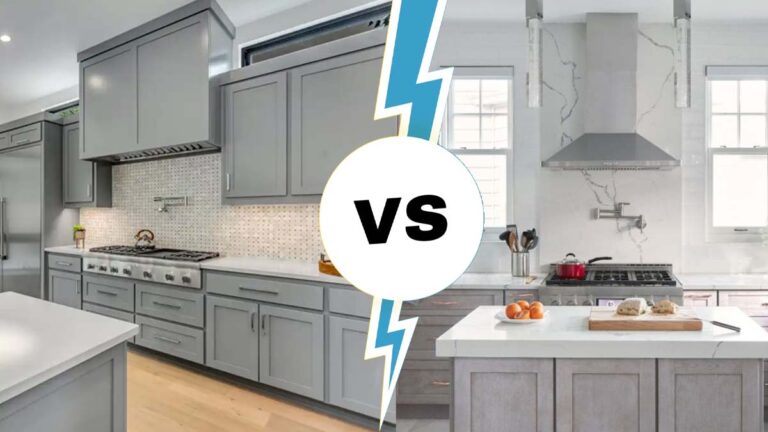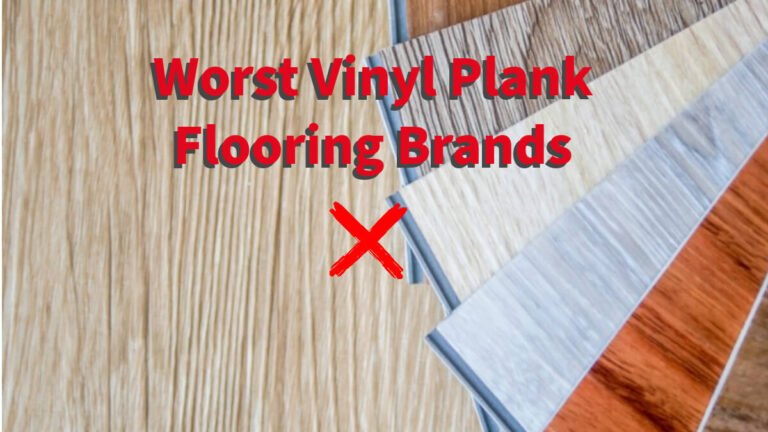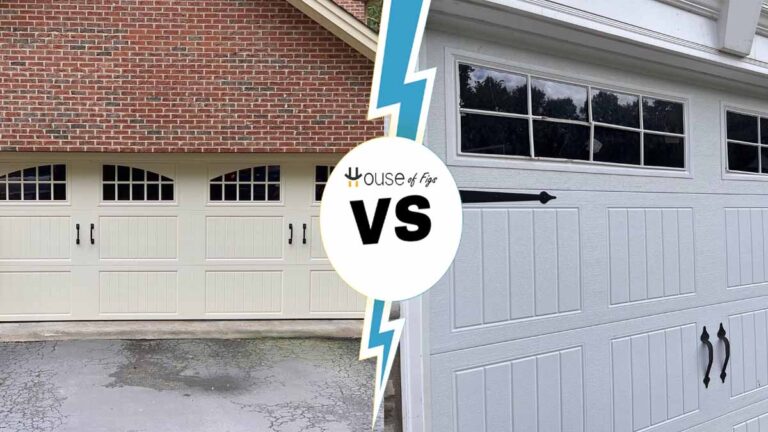Elevate Your Space: AirStone vs. LiteStone – The Ultimate Choice
In the realm of decorative wall solutions, AirStone and LiteStone hold prominent positions. These stone veneer options bring the essence of natural stone beauty into your homes and commercial spaces, without a hefty price tag. However, when it comes to picking between the two, certain distinctions might sway your decision. Here, we take a detailed look into AirStone Vs. LiteStone to help unravel the features that set them apart.
AirStone Vs. LiteStone: Quick Comparison Table
| Feature | AirStone | LiteStone |
|---|---|---|
| Material | Ultralight foam | Lightweight concrete |
| Weight | Very light | Light |
| Installation | Easy | Moderate |
| Price | Moderate | Slightly Higher |
| Maintenance | Low | Low |
| Aesthetics | Natural stone look | Authentic stone appearance |
What Are The Key Differences Between AirStone And LiteStone?
Materials
AirStone is crafted from an ultralight foam, making it extremely lightweight. This feature becomes a boon during installation as it doesn’t require extensive structural support. On the other hand, LiteStone is formulated from lightweight concrete. Despite being light, it’s slightly heavier than AirStone, necessitating some level of support.
Installation Ease
Thanks to its light nature, AirStone can be installed with ease. A simple adhesive does the trick, holding the veneer in place. LiteStone requires a bit more effort with a need for a sturdy adhesive. The installation process might need more preparation and possibly professional assistance.
Price Points
When cost comes into play, AirStone sits at a moderate price point making it an accessible choice for many. LiteStone, with its authentic stone appearance and durable material, comes at a slightly higher price. This difference in price can influence the choice for budget-conscious consumers.
Maintenance Matters
Both AirStone and LiteStone score high on low maintenance. They require only basic cleaning to keep the aesthetic appeal intact. However, LiteStone’s concrete base can stand up to wear and tear a bit better over time, potentially offering a longer lifespan.
Aesthetic Appeal
AirStone mimics the look of natural stone quite well, adding a rustic or elegant touch based on the chosen style. LiteStone, owing to its concrete base and finishing, tends to offer a more authentic stone appearance which can be a huge draw for individuals looking for a more natural look.
Key Takeaways
- Material Composition: AirStone’s ultralight foam differs from LiteStone’s lightweight concrete, affecting weight and installation ease.
- Installation: AirStone offers a simpler installation process compared to LiteStone.
- Pricing: LiteStone comes at a slightly higher price point owing to its authentic stone appearance and durable nature.
- Maintenance: Both veneers require low maintenance, but LiteStone may have a slight edge in durability.
- Aesthetic Variance: LiteStone provides a more authentic stone appearance, whereas AirStone gives a natural stone look.
Pros and Cons of AirStone And LiteStone
Stone veneers not only adorn your space but also promise a lasting beauty that’s easy on the pocket. Let’s break down the pros and cons of AirStone and LiteStone.
Pros of 1/2 AirStone
Feather-Light Composition
The ultra-lightweight nature of AirStone makes handling and installation a breeze. You can easily maneuver it around to get that perfect alignment on your wall.
Cost-Effectiveness
AirStone is a moderately priced option that offers a beautiful stone veneer solution without burning a hole in your pocket.
Simple Installation
With AirStone, all you need is a reliable adhesive to get it securely attached to your wall. No need for any specialized tools or expertise.
Cons of 1/2 AirStone
Less Authentic Appearance
Although aesthetically pleasing, AirStone might fall short of providing that authentic stone look which some people crave.
Durability Concerns
Being made of ultralight foam, AirStone might show wear and tear sooner, especially in high traffic areas.
Pros of 3/4 LiteStone
Authentic Stone Aesthetics
LiteStone carries the authentic appeal of stone, adding a touch of elegance and richness to the space it adorns.
Robustness
Constructed from lightweight concrete, LiteStone stands strong against the test of time and wear.
Low Maintenance
Despite its high-end look, LiteStone requires very little upkeep to maintain its appearance.
Cons of 3/4 LiteStone
Slightly Higher Price
The superior aesthetics and material of LiteStone come at a slightly higher price, which might deter budget-conscious consumers.
More Complex Installation
Installing LiteStone might require more preparation and potentially professional help due to its weight.
AirStone or LiteStone – Which Should You Choose?
The final decision between AirStone and LiteStone boils down to personal preferences and the specific needs of your project.
If you are on a tight budget and prefer an easy installation process, AirStone might be the way to go. It still offers a pleasing aesthetic and can be a great addition to spaces with lower traffic or areas where durability is not a prime concern.
On the flip side, if you have a bit more to spend and are chasing an authentic stone look, LiteStone might just hit the mark. Its durable nature makes it a wise investment for areas prone to high wear and tear.
In any case, both products offer a unique charm and ease of installation compared to traditional stone veneers. Your choice between AirStone and LiteStone will ultimately align with your project’s budget, the look you aim to achieve, and the longevity you expect from your stone veneer.
FAQs
Does the cost of AirStone and LiteStone differ significantly?
The cost difference between AirStone and LiteStone is noticeable but not significant. AirStone is more budget-friendly, while LiteStone is priced slightly higher due to its authentic stone appearance and durable nature.
What is the cost per square foot for AirStone and LiteStone?
The cost per square foot can vary based on the retailer, but generally, AirStone is more cost-effective compared to LiteStone. It’s advisable to check with multiple retailers or visit their official websites for the latest pricing.
Does AirStone feel like real stone to the touch?
AirStone mimics the look of real stone but its texture is not exactly like real stone due to its foam material composition.
Can AirStone be used in wet areas?
Yes, AirStone can be used in wet areas, but it’s advisable to follow the manufacturer’s guidelines for sealing and maintenance to ensure longevity.
Is there any relation between AirStone and oxygen levels in a space?
No, AirStone doesn’t have any properties that would affect oxygen levels in a space. It’s purely a decorative veneer.
Why might my AirStone installation be creating noise?
It’s unusual for AirStone to create noise post-installation. If you experience any noise, it might be due to loose installations or other external factors unrelated to AirStone itself.
What material is used in the composition of LiteStone?
LiteStone is made of lightweight concrete which mimics the appearance of real stone while being easier to handle and install.
Is LiteStone resistant to heat?
Yes, LiteStone is resistant to heat to a certain degree due to its concrete composition. However, it’s advisable to follow the manufacturer’s guidelines regarding exposure to heat to ensure the product’s longevity.
What is a LiteStone benchtop?
LiteStone benchtop refers to a countertop made from the LiteStone material, offering a durable and aesthetically pleasing surface that mimics the appearance of real stone.




